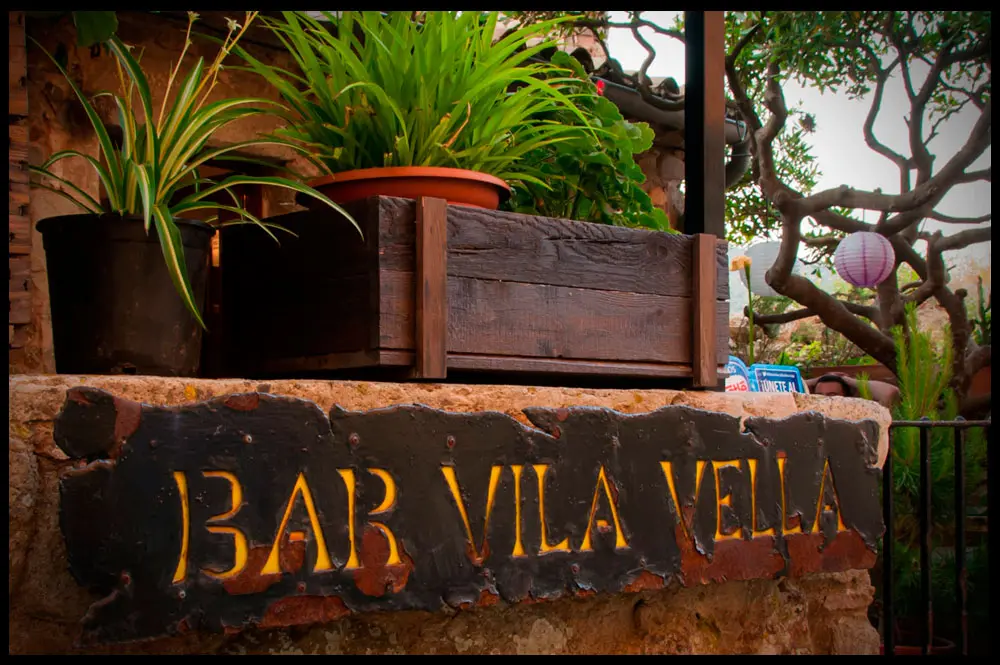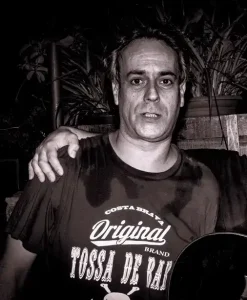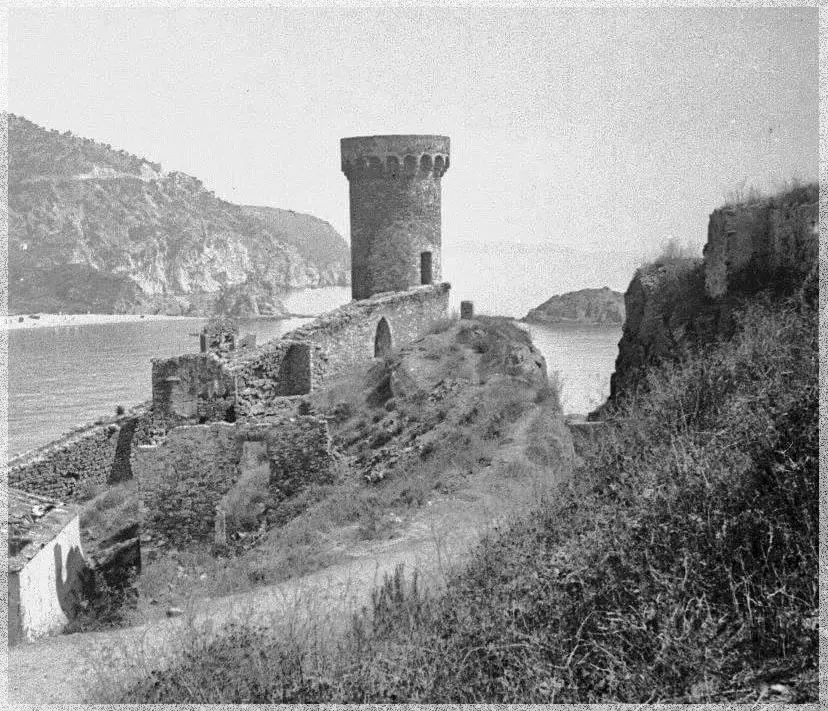
Historia del Bar Terraza Vila Vella
The dates of this historical process are difficult to accurately calculate until the early 1900s. Nonetheless, the dates indicated are just a very good approximation.
The fascinating saga of Bar Terraza Vila Vella is woven from a historical tapestry that dates back to the early 19th century. It all began when Aniceto, the great-grandfather of the current owner, Jaume, made the momentous decision to establish his residence. The question that hangs in the air is whether this dwelling already existed or if it was built by Aniceto's own hands. Regardless of its origin, this family home, located in the heart of Vila Vella, was lovingly and respectfully renamed Can Niseto. And thus began a story that has endured and evolved through generations, a living testament to the family legacy and tradition of Bar Terraza Vila Vella.
1800 aprox
Can Niseto
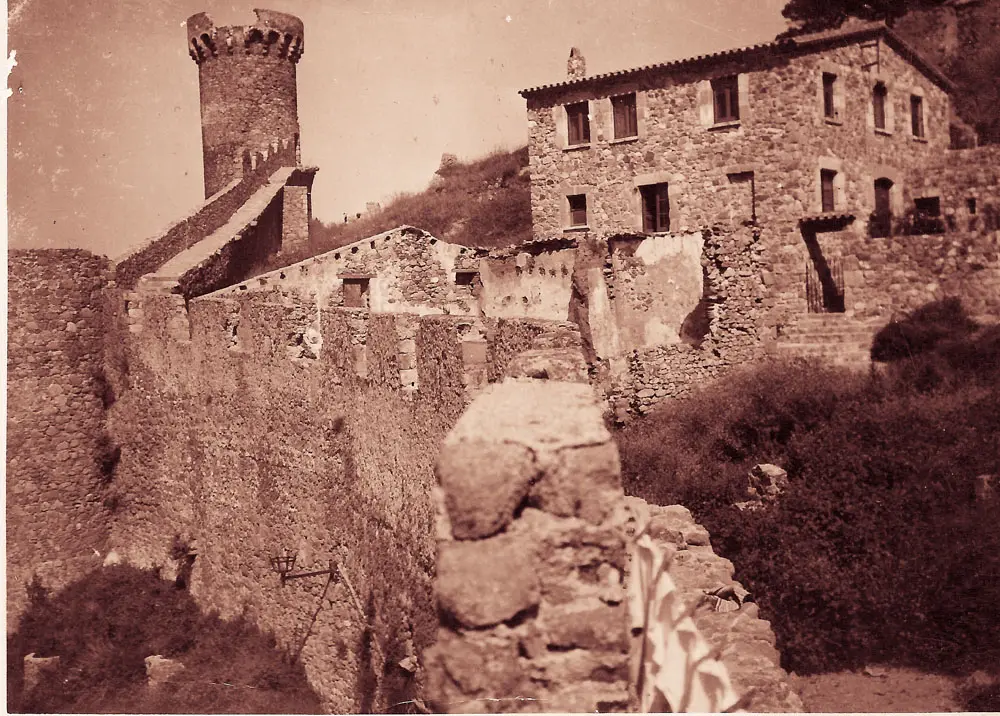
Within the walled enclosure, the family house of Can Nisetu (great-grandfather of the current owner) was built at some point in the 1800s.
1902
Merçè Font was born
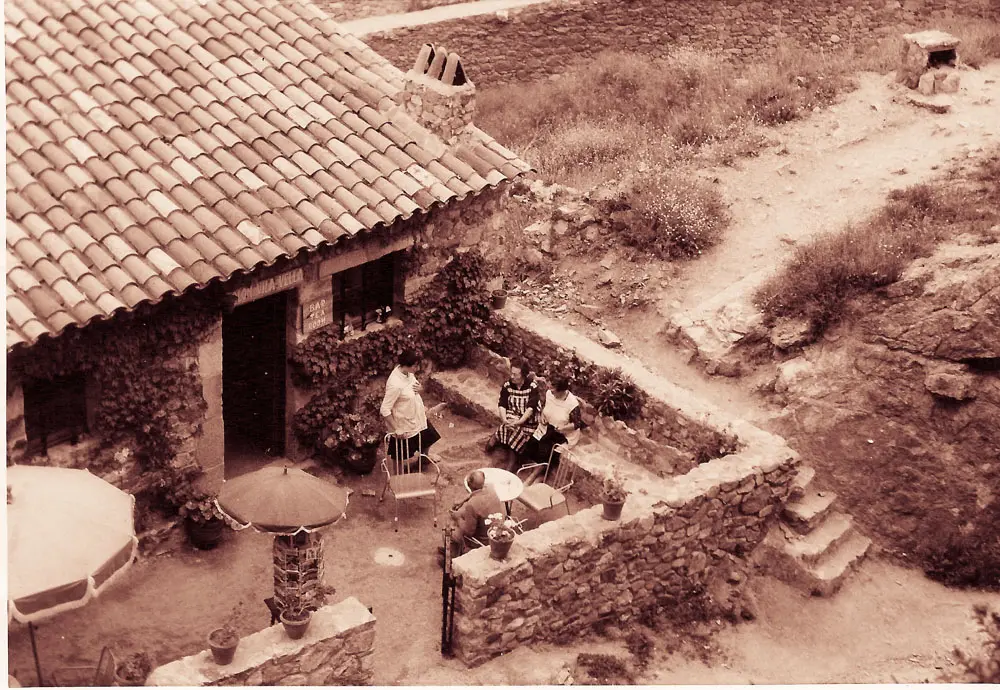
Very few memories are preserved from this early period, and it is not until the birth of Merçè Font in 1902 that we begin to have a clearer idea of this more recent history.
1930
Tossa de Mar
años 30´
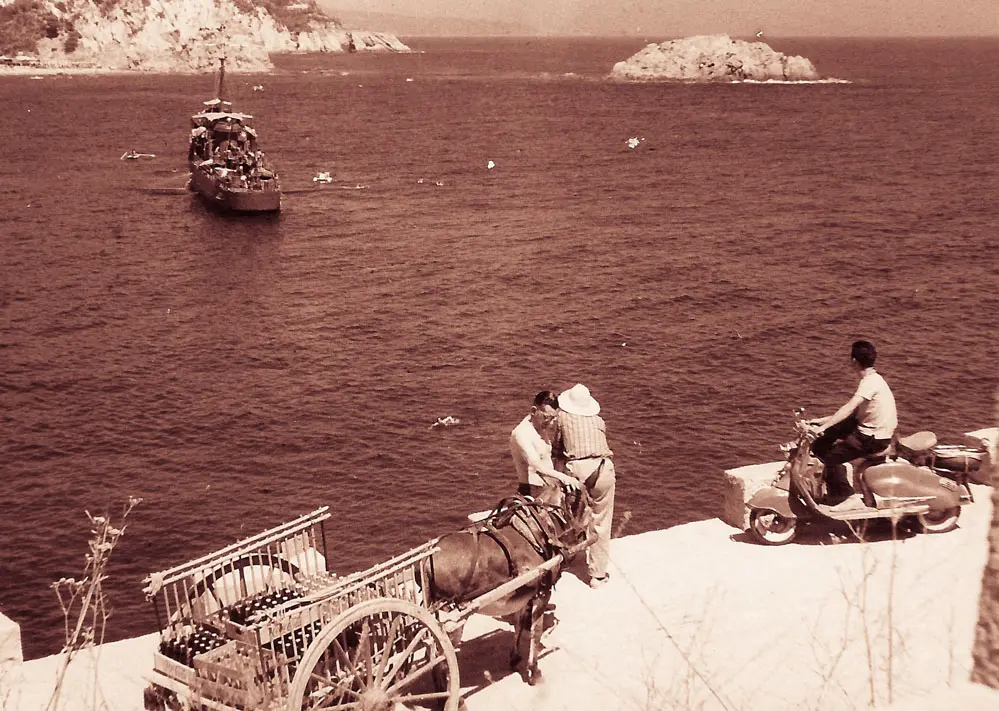
In the 1930s, Tossa was a very peaceful and small town that relied solely on fishing as there was no industry. It was during this time, before the war, that tourism began to arrive, mainly wealthy English and German tourists, and with them, Tossa de Mar would be forever marked.
1932
Merçè Font returns
a Tossa de Mar
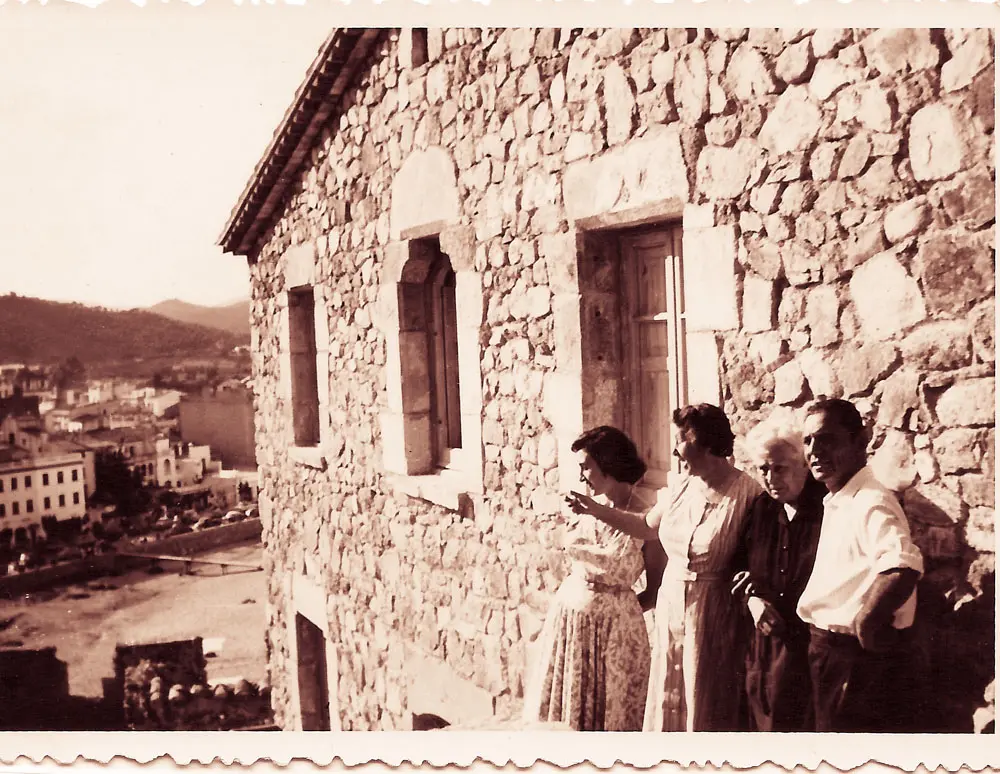
After living in Barcelona for a few years, following the death of Merçè Font's husband, she decides to return home with her son Ramón (Jaume's father) who was one and a half years old. In Tossa de Mar, her family awaited her, but most importantly her brother Aniceto. Her family owned the town's telephone exchange, and she started working there.
1929
Aniceto Font
returns from Cuba
to Tossa de Mar
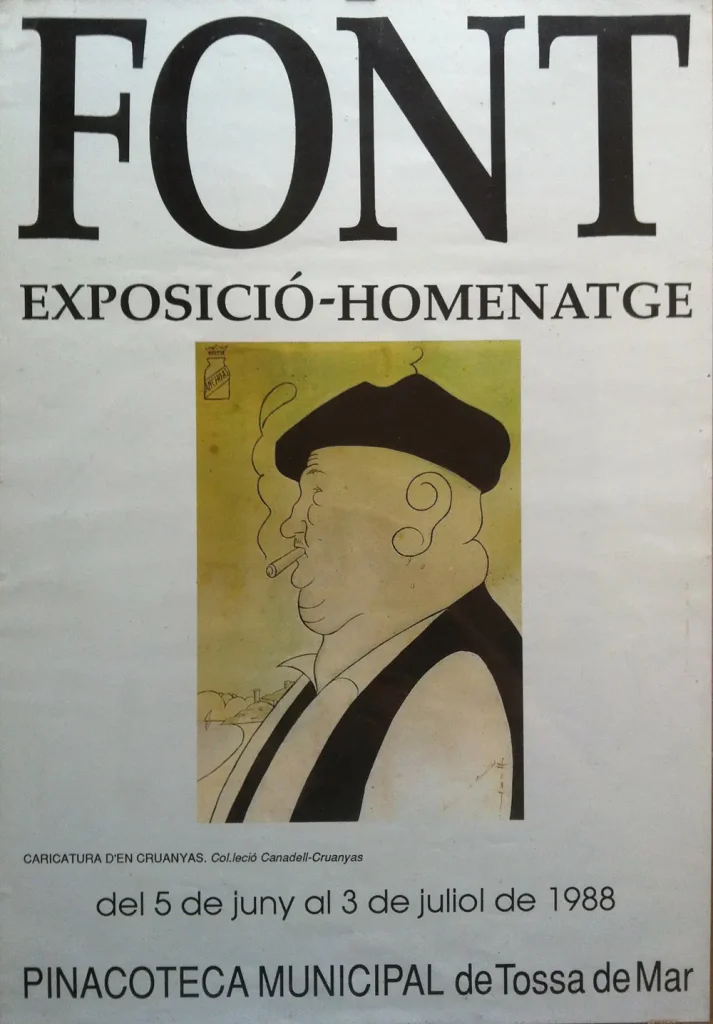
Aniceto was an intelligent and liberal man, ahead of his time, a bohemian artist who traveled and lived in Cuba to bring with him the secret treasures of rum-making, as well as a passion for caricature that would earn him work in newspapers for a good part of his life. Upon his return from Cuba, he started a family liquor business in Poble Sec, Barcelona, where he would produce, among others, white and dark rum, which later Ramón Lazaro, Jaume's father, would also work with.
agosto de 1934
Arrival of artists
to Tossa de Mar
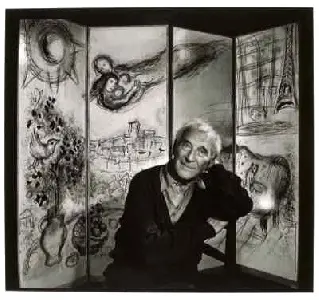
During these times, artists like Marc Chagall, André Masson, Oskar Zügel, George Kars, Rafael Benet, and others were arriving in Tossa de Mar, drawn by the image of freedom, the landscape, and the climate.
1934
Aniceto Font purchases
the family house
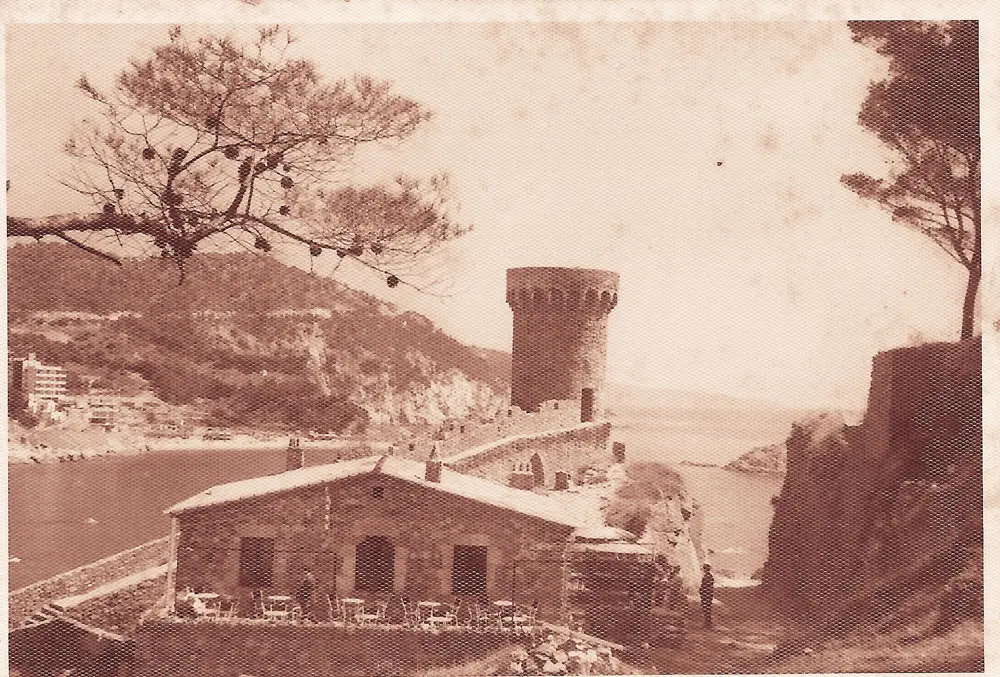
With the savings from the liquor factory, Aniceto Font, Merçè's brother, purchases the house that had always been in the family (Vila Vella) and gifts it to his nephew Ramón Lazaro, who decides to move in there.
1938
Ramón Lazaro
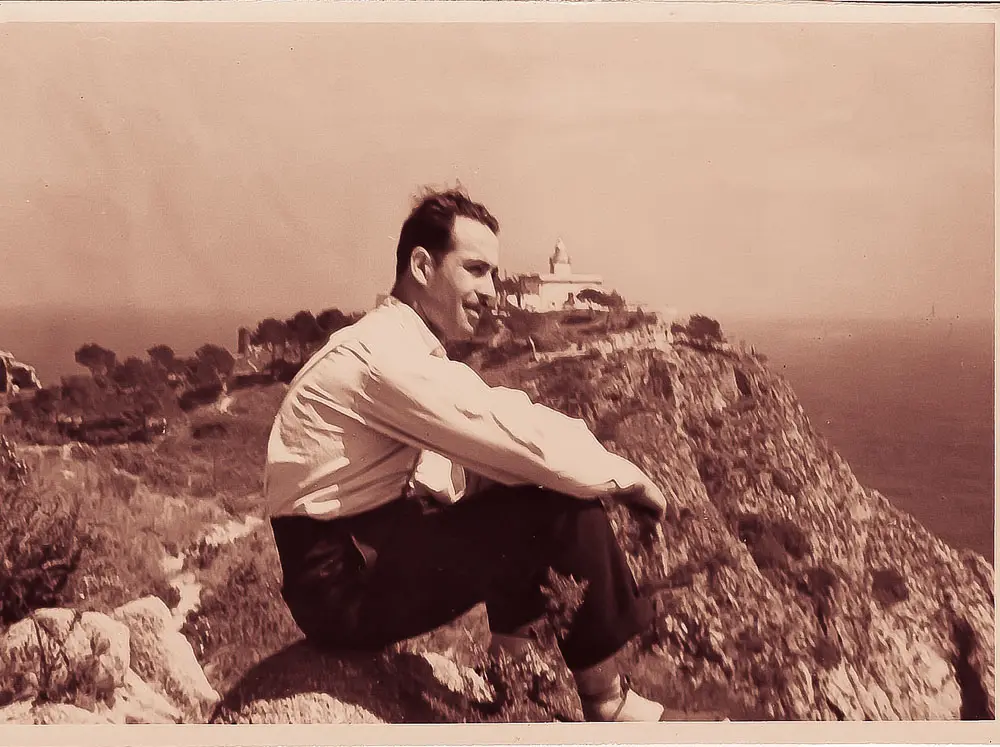
While Ramón was developing the Cava Sangría at the liquor factory, his son Jaume would play among the vats and barrels of liquor, imitating what his father was doing, occasionally causing a mess with what he thought would be a new liquor. These childhood games of Jaume with the liquors would become a constant hobby throughout his life.
1960
Merçè initiates
"The Sangria Bar"
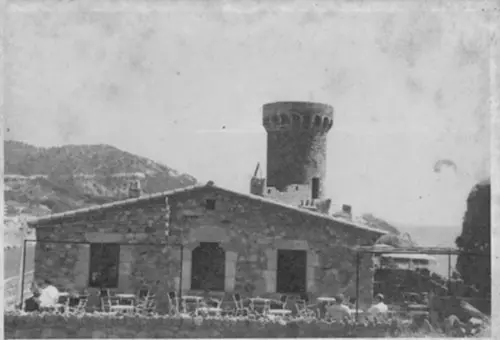
In the 1960s, Merçè Font, Jaume's grandmother, had the idea of opening her family home "Can Niseto" as a bar. Inspired by the tourists who arrived in Tossa, she decided to buy a coffee machine, and Ramón, with his experience in liquors, took care of the rest. This was the birth of Bar Vila Vella, known at the time as "The Sangria Bar," where they worked until the end of their days.
2010
Jaume Lazaro returns
to Tossa de Mar
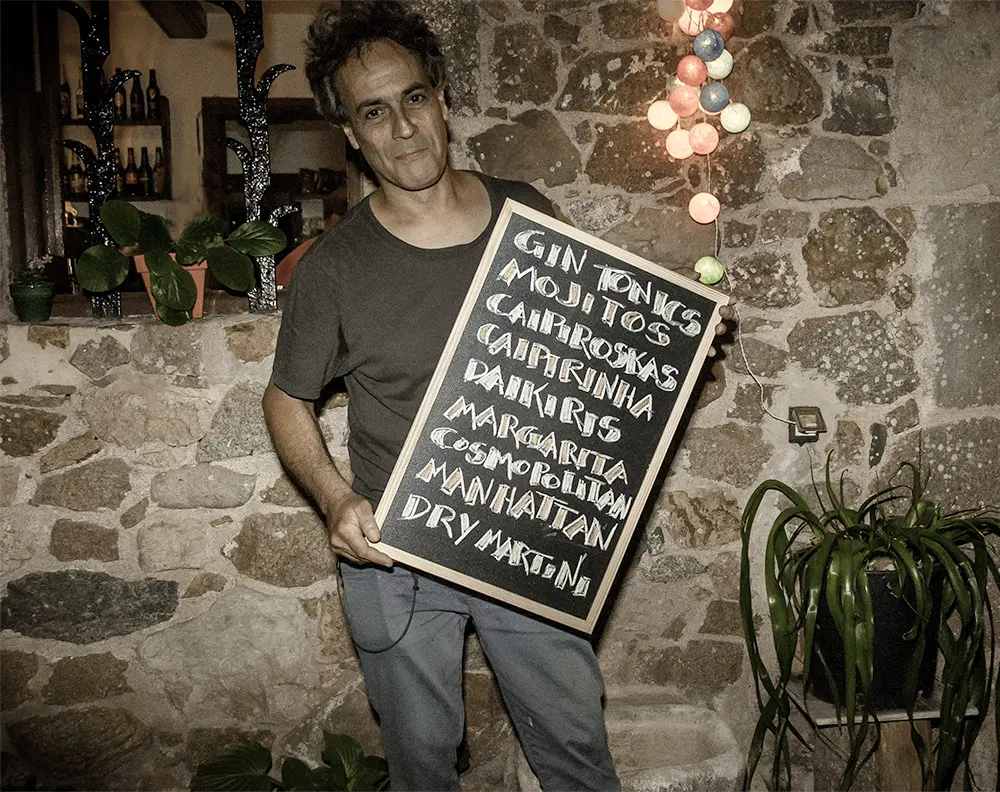
Like Odysseus returning to Ithaca after his long initiatory journey, Jaume returns to his home in 2010 after 40 years of absence, with the firm intention of reclaiming his family's ancient historical legacy and embarking on a new adventure at Bar Vila Vella. It is a nearly lost family tradition that, with determination and patience, Jaume manages to gradually bring back by searching through the memories of his childhood in the liquor store with his father. The Sangría de Vino, the Sangría de Cava, and other liqueurs that today, thanks to his efforts, we can once again savor in their most traditional essence.
Jaume not only recovers the secret liqueurs of the house that we can taste again today, but his artistic and musical experience also holds a prominent place at Bar Vila Vella. It is a historic place where the past and present come together to create a new creative project of sensations that propels Vila Vella forward, supported by what a long family chain has contributed at every moment.
